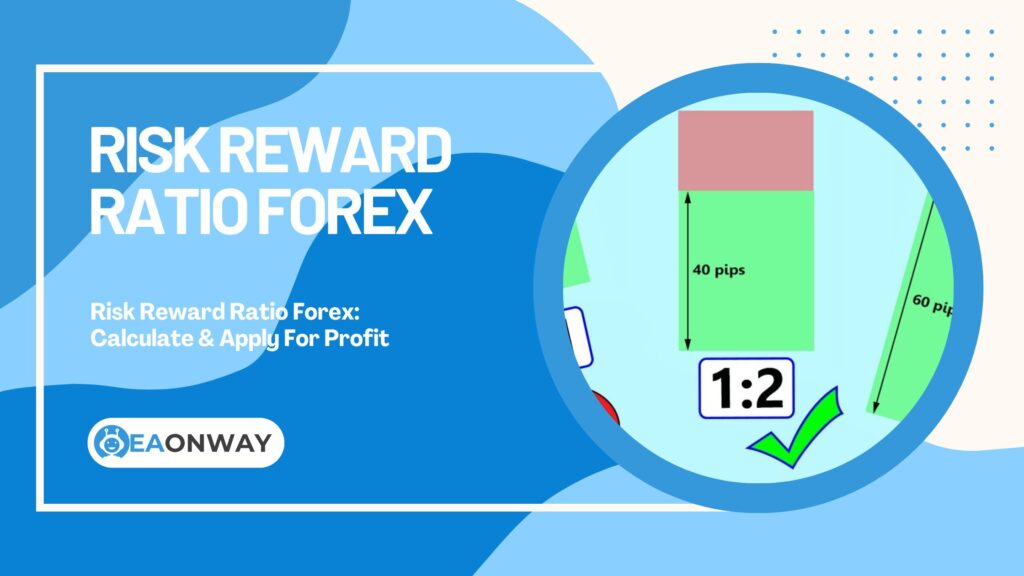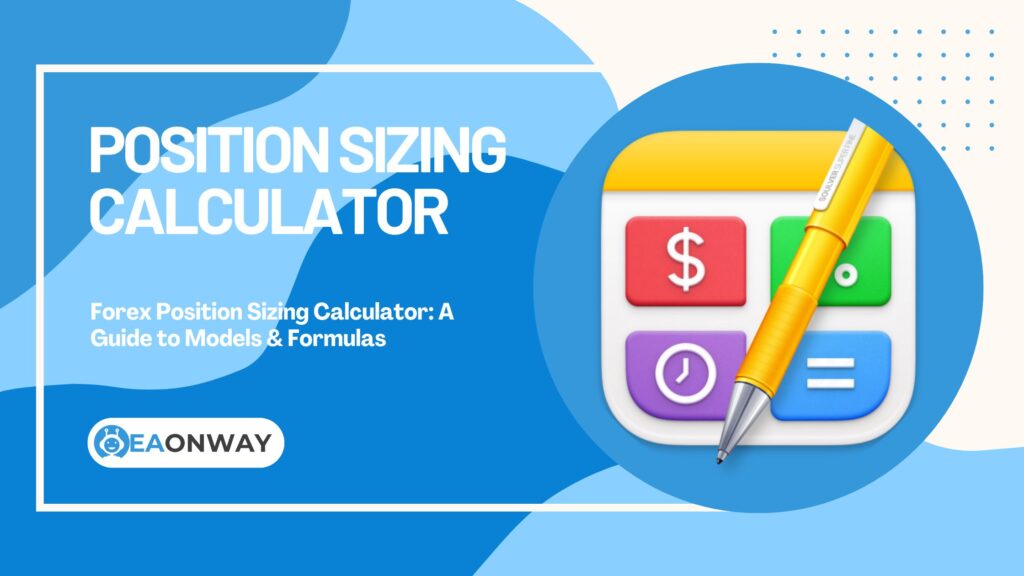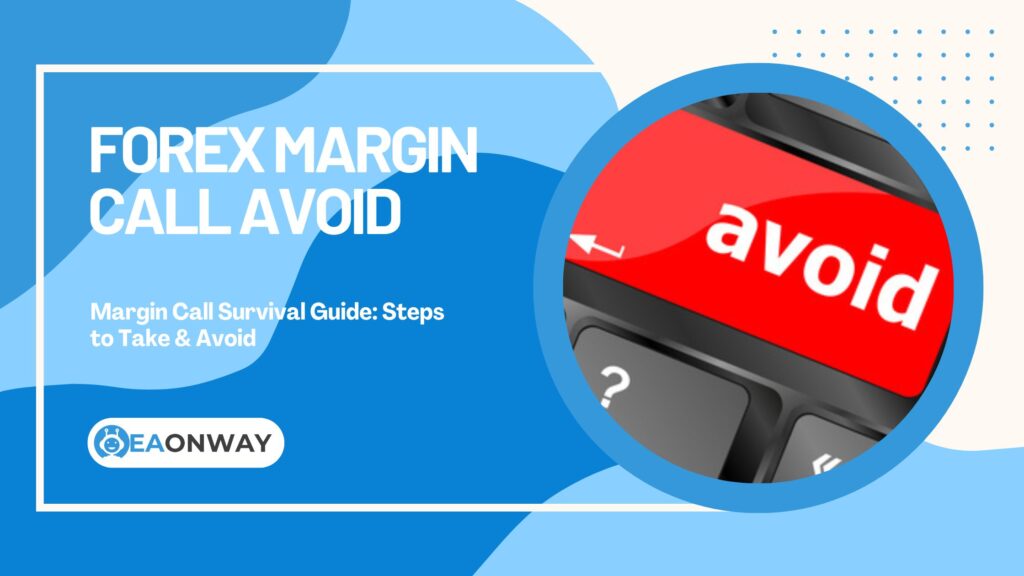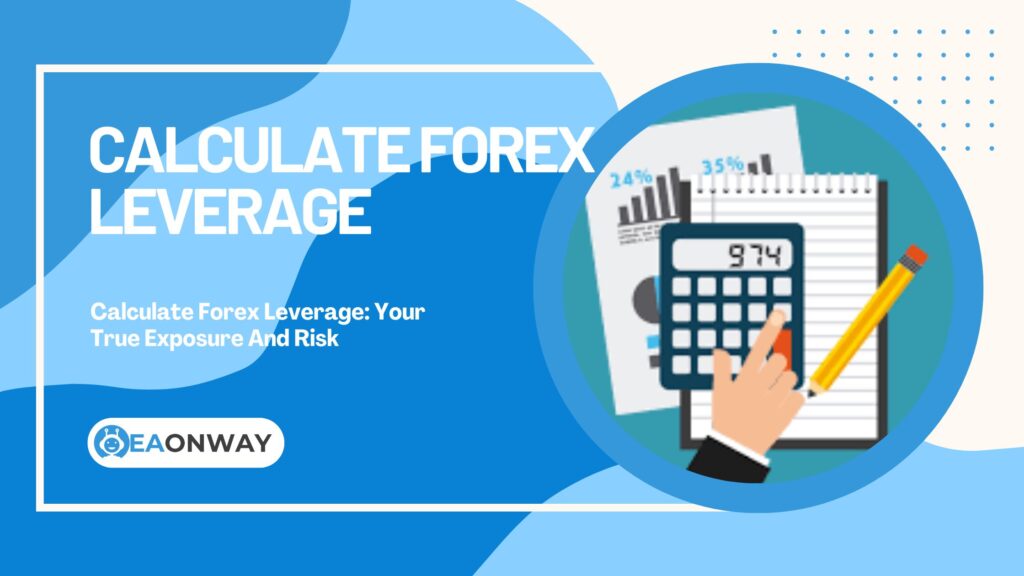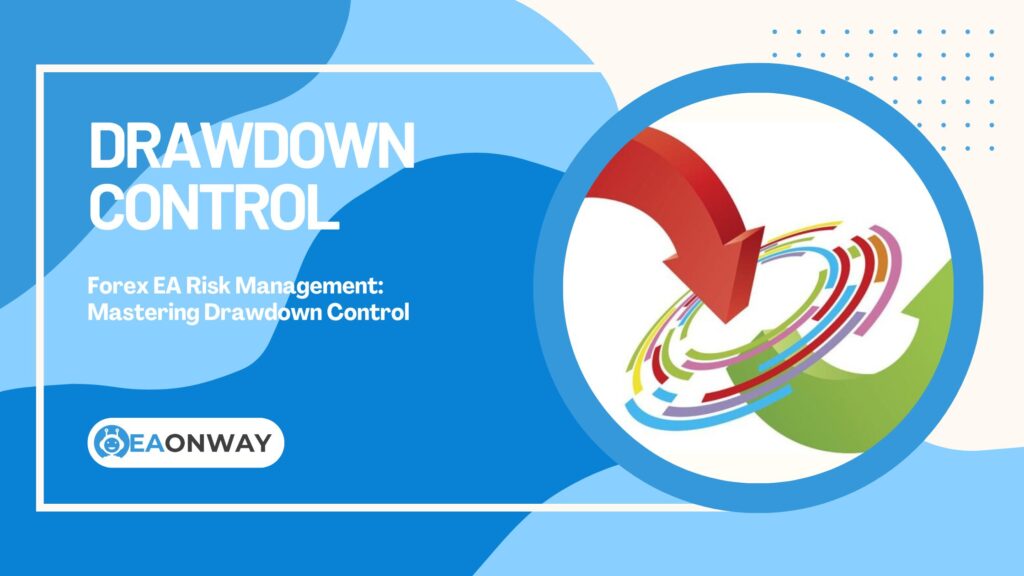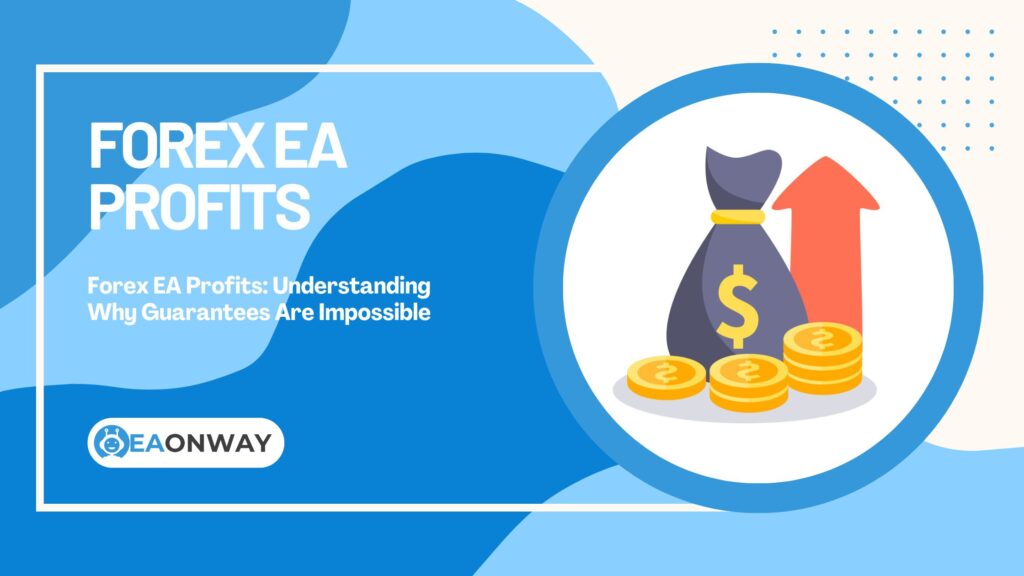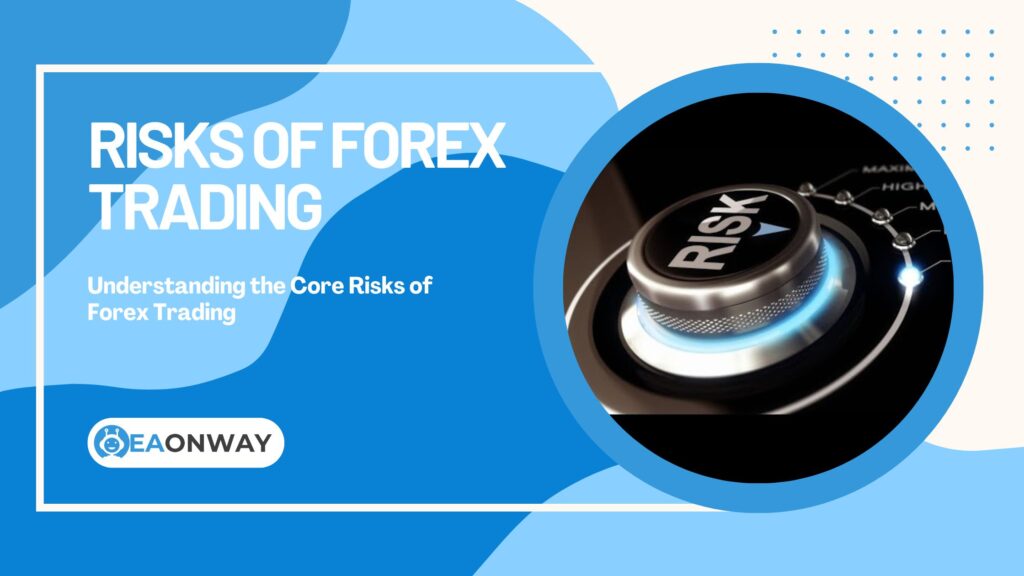Forex Expert Advisor Risks: Over-Optimization And Beyond
Understanding the core Forex Expert Advisor risks is absolutely essential before diving into the world of automated trading; these sophisticated tools promise efficiency, but harbor significant potential pitfalls like over-optimization and susceptibility to market shifts. Are you captivated by the idea of a Forex robot trading tirelessly for you, potentially generating passive income? While Expert Advisors (EAs) offer compelling advantages like automating strategies and removing emotional decision-making, the reality is far more complex and fraught with risks than often portrayed. Many aspiring traders are drawn to EAs with hopes of easy profits, only to face unexpected losses due to factors they didn’t fully grasp.
This article delves deep into the critical risks associated with using Forex Expert Advisors. We will explore the pervasive issue of over-optimization (curve fitting), the limitations of backtesting, how changing market dynamics can derail even promising EAs, and the various technical and operational hazards involved. Our goal is to equip you with the necessary knowledge to approach Forex EAs with realistic expectations, understand the potential dangers, and make informed decisions, ultimately helping you navigate this landscape more safely and avoid common costly mistakes. We will focus squarely on providing educational insights and risk awareness, steering clear of any profit guarantees or promotional language.
Key Takeaways
- Over-Optimization (Curve Fitting): A major risk where an EA is tuned too perfectly to past data, making it unlikely to perform well in live, changing markets.
- Backtesting Limitations: Historical results don’t guarantee future performance; backtests can be misleading due to data quality issues, unrealistic spread/slippage assumptions, and curve fitting.
- Market Condition Changes: EAs based on static strategies often fail when market volatility, trends, or fundamental conditions shift significantly.
- Technical Failures: Issues like VPS downtime, internet connectivity loss, platform glitches, or broker execution problems (slippage, requotes) can severely impact EA performance.
- Strategy Flaws & Risk Management: Poorly designed trading logic or inadequate built-in risk controls (like stop-losses or position sizing) can lead to substantial drawdowns.
- Unrealistic Expectations & Scams: Believing in “set and forget” profits is dangerous. Be wary of vendors making outlandish claims, as many EAs are ineffective or outright scams. Continuous monitoring and due diligence are crucial.
Understanding Forex Expert Advisors (EAs)
Before dissecting the risks, let’s establish a clear understanding of what Forex EAs are and why they attract traders.
What Is A Forex Expert Advisor?
A Forex Expert Advisor (EA) is essentially a piece of software, often written in programming languages like MQL4 or MQL5, designed to automate trading activities on platforms like MetaTrader 4 or MetaTrader 5. It operates based on a pre-defined set of rules and algorithms that dictate when to enter, manage, and exit trades without direct manual intervention. Think of it as a robot executing a specific trading plan.
How Do EAs Work?
EAs function by constantly analyzing currency price movements and technical indicators based on their programmed instructions. When the market conditions align with the criteria coded into the EA’s strategy, it automatically sends trade orders to the Forex broker via the trading platform. This process involves receiving market data, processing it through the algorithm, and generating buy or sell signals that are then executed.
Why Do Traders Use EAs?
Traders turn to EAs for several perceived benefits:
- Automation: Frees up time otherwise spent manually analyzing charts and executing trades. This is particularly appealing for those with busy schedules.
- Emotionless Trading: Removes psychological factors like fear and greed from trading decisions, ensuring adherence to the strategy.
- 24/7 Operation: EAs can monitor and trade the Forex market around the clock, capturing opportunities even while the trader sleeps.
- Backtesting: Allows traders to test the viability of a trading strategy on historical price data before risking real capital.
- Speed: EAs can react to trading opportunities much faster than a human trader can.
While these benefits are attractive, they must be weighed against the significant risks involved, which we will explore next.
The Lure and Illusion: Unrealistic Expectations
One of the most significant underlying risks associated with Forex EAs stems from unrealistic expectations often fueled by aggressive marketing and misunderstanding.
The Myth of “Set and Forget” Profits
Many vendors promote EAs with the allure of effortless, passive income – the idea that you can simply install the software, let it run, and watch profits accumulate. This “set and forget” notion is largely a myth and a dangerous one. No automated trading system, including Forex EAs, can guarantee profits or operate indefinitely without oversight in the dynamic Forex market. Strategies that work today might fail tomorrow.
Why Are Realistic Expectations Crucial?
Holding unrealistic expectations sets traders up for disappointment and potentially significant financial loss. When an EA inevitably encounters losing periods (drawdowns) or fails to perform as expected based on backtests, traders without realistic expectations might:
- Abandon a potentially viable system prematurely.
- Interfere with the EA’s operation based on emotion.
- Risk more capital than they can afford to lose, chasing unrealistic returns.
- Fall prey to scams promising impossible results.
Understanding that EAs are tools requiring management, monitoring, and subject to market risks is paramount.
Over-Optimization: The Hidden Trap (Curve Fitting)
Perhaps the most insidious and common reason why seemingly profitable EAs fail in live trading is over-optimization, also known as curve fitting.
What Is Over-Optimization in Forex EAs?
Over-optimization, or curve fitting, is the process of excessively tuning an EA’s parameters (settings like indicator values, stop-loss levels, take-profit targets) to match historical price data perfectly during backtesting. The result is an EA that looks incredibly profitable on past data but is essentially “memorizing” historical noise rather than capturing a robust, adaptable trading logic. It fits the curve of past data too closely.
According to research and expert analysis, over-optimization is one of the primary reasons why 90% of automated trading systems fail when transitioning from backtesting to live markets (Source: Elite Currensea).
How Does Over-Optimization Happen?
It typically occurs during the EA development or testing phase. Developers or users run numerous backtests, tweaking parameters repeatedly until they find the combination that yields the best historical performance metrics (e.g., highest profit, lowest drawdown). While optimization itself isn’t bad, over-optimization pushes this process too far, creating a system tailor-made for the specific past period it was tested on, often incorporating random fluctuations as if they were predictable patterns.
Trading experts explain that the problem often begins when developers focus on maximizing profit rather than strategy robustness. As one EA development resource states: “The goal should be a robust strategy that performs reasonably well across different market conditions, not one that performs perfectly in a limited historical period” (Source: KeenBase Trading).
Why Is Over-Optimization Dangerous?
An over-optimized EA is dangerous because its stellar backtest results create a false sense of security and unrealistic expectations about future performance. When deployed in a live market, which inevitably differs from historical data, the EA often performs poorly because:
- It relies on specific historical patterns that don’t repeat exactly.
- It lacks robustness to handle normal market variations and noise.
- The underlying trading logic might be weak, masked by excessive parameter fitting.
- This leads to unexpected losses and frustration for the user who trusted the backtest.
How To Identify a Potentially Over-Optimized EA?
Identifying over-optimization can be challenging, but several red flags should raise concerns:
- Unrealistically Smooth Equity Curve: Backtests showing near-perfect, constantly rising profit curves with minimal drawdowns are highly suspect. Real trading involves volatility.
- Vast Discrepancy Between Backtest and Forward Test: If the EA performed brilliantly in backtests but fails significantly in out-of-sample data (forward testing) or live demo trading, over-optimization is likely.
- Excessively Complex Rules or Numerous Parameters: EAs with hundreds of tunable parameters are more susceptible to curve fitting. Robust strategies often have simpler, clearer logic.
- Lack of Transparency: Vendors who refuse to explain the basic logic behind their EA or focus solely on cherry-picked backtest results might be hiding over-optimization.
- Performance Sensitivity: Small changes in parameters causing drastic shifts in backtest results can indicate overfitting.
As industry experts at Cashback Forex note: “A properly optimized EA should show similar performance characteristics across different time periods and market conditions. If performance drastically changes with small adjustments to parameters or market conditions, it’s likely over-optimized” (Source: Cashback Forex).
Backtesting Pitfalls: Looking Back Isn’t Always Looking Forward
Backtesting is a cornerstone of EA development and evaluation, but it’s fraught with limitations that can mislead traders. Understanding these pitfalls is crucial for managing Forex Expert Advisor risks.
What Is Backtesting in Forex?
Backtesting is the process of applying a trading strategy or EA to historical price data to simulate how it would have performed in the past. It uses past market data (like open, high, low, close prices) to generate hypothetical trades based on the EA’s rules, producing performance reports showing potential profits, losses, drawdown, and other metrics.
Why Is Backtesting Necessary But Insufficient?
Backtesting is necessary because it’s the primary way to initially assess if an EA’s logic has any potential merit before risking capital. It helps filter out fundamentally flawed strategies. However, it is grossly insufficient on its own because:
- Past performance is not indicative of future results: This is a fundamental disclaimer in finance for a reason. Market conditions change.
- Backtests can be easily manipulated: Through over-optimization (curve fitting), data snooping, or unrealistic assumptions.
As described in educational resources, “Backtesting should be the starting point, not the final decision-maker in your EA evaluation process” (Source: Forex Ratings).
What Are Common Backtesting Problems?
Several factors can make backtest results unreliable:
- Historical Data Quality: Backtests rely on the accuracy and granularity of historical data. Missing data, errors, or using low-quality (e.g., M1-based interpolated tick data in MT4) can produce inaccurate results. Reputable data sources are essential but not always used.
- Spread and Slippage Modeling: Many backtesting engines use fixed spreads or fail to accurately model variable spreads and slippage (the difference between the expected execution price and the actual execution price). Live market spreads widen, especially during news, and slippage is common, both negatively impacting real performance compared to idealized backtests. Slippage can significantly erode profits, especially for strategies trading frequently, as explained in Investopedia’s comprehensive breakdown of trading costs (Source: Investopedia Definition of Slippage).
- Ignoring Commission Costs: Failing to account for broker commissions in backtests will overstate profitability.
- Curve Fitting Bias: As discussed extensively, tuning the EA to past data leads to inflated expectations.
- Ignoring Market Evolution: Backtests assume the market dynamics of the past will persist. However, volatility regimes, correlations, and trader behavior change over time. A strategy optimized for a trending market might fail dramatically in a ranging one.
Backtesting vs. Forward Testing vs. Live Trading
It’s vital to understand the hierarchy of testing:
- Backtesting: Testing on past historical data. Prone to optimization bias and unrealistic assumptions.
- Forward Testing (Out-of-Sample Testing): Testing the EA on historical data not used during the optimization phase. This provides a slightly more realistic view but still uses past data. A more robust form is Walk-Forward Optimization, which re-optimizes periodically on rolling windows of past data and tests on the subsequent unseen period.
- Demo Trading (Paper Trading): Running the EA on a live market feed without real money. This introduces real-time price feeds, variable spreads, and platform behavior but still lacks the psychological pressure and potential execution differences (like slippage severity) of live trading.
- Live Trading: Deploying the EA with real capital in the actual market. This is the ultimate test where all real-world factors (execution, latency, psychology) come into play.
Prudent evaluation involves progressing through these stages, with decreasing confidence placed solely on backtesting results.
Market Dynamics: The Ever-Shifting Landscape
The Forex market is not static; it’s a constantly evolving environment. EAs built on rigid, unchanging rules often struggle to adapt, representing a significant risk.
How Do Changing Market Conditions Affect EAs?
An EA’s performance is intrinsically linked to the market conditions its strategy was designed for. When these conditions change – which they inevitably do – the EA’s effectiveness can degrade rapidly or disappear entirely. A strategy optimized for low volatility might suffer huge losses during sudden market spikes, while a trend-following EA will struggle in choppy, range-bound markets.
Technical analysts at SpeedBot Technology explain: “Many EAs are designed to perform well in specific market environments. When the market behavior changes significantly, these EAs can go from profitable to detrimental in a short period if they lack adaptive mechanisms” (Source: SpeedBot Tech).
What Types of Market Changes Impact EAs?
Numerous factors can alter the trading environment:
- Volatility Shifts: Periods of low volatility can give way to high volatility (and vice versa), impacting strategies sensitive to price swings (e.g., range trading vs. breakout systems).
- Trend Changes: Strong trending markets can transition into prolonged sideways ranges, hurting trend-following EAs.
- Major News Events: Events like central bank announcements, economic data releases (e.g., Non-Farm Payrolls), or geopolitical shocks can cause extreme, unpredictable price movements that many EAs aren’t designed to handle. Major financial institutions often highlight the risks associated with unexpected market volatility (Source: Bank for International Settlements (BIS) publications on market volatility).
- Regulatory Changes: New regulations imposed by bodies like ESMA in Europe or the CFTC in the US can affect leverage, margin requirements, or specific trading practices, potentially impacting EA viability (Source: CFTC Forex Regulations Overview).
- Shifts in Correlations: Relationships between currency pairs can change, affecting multi-currency EAs or hedging strategies.
- Technological Arms Race: As more sophisticated algorithms enter the market, older, simpler EA strategies may become less effective.
Why Static Strategies Can Fail?
Most commercially available EAs employ static strategies; their core logic and parameters do not automatically adapt to fundamental shifts in market behavior. They rely on the assumption that the market patterns they exploit will persist. When this assumption breaks down due to market evolution, the EA’s performance deteriorates. This highlights the danger of “black box” systems where the user doesn’t understand the underlying strategy and its limitations in different market types.
Technical and Operational Risks
Beyond strategy and market risks, Forex EAs are susceptible to a range of technical and operational failures that can lead to losses.
What Are VPS Connectivity Issues?
Many traders run their EAs on a Virtual Private Server (VPS) – a remote server designed to run 24/7 – to ensure constant operation. However, VPS services can experience downtime due to maintenance, hardware failures, or network problems. If the VPS hosting the EA goes offline, the EA stops trading, potentially missing exits or entries, or leaving trades unmanaged. Similarly, poor internet connectivity between the VPS/trader’s computer and the broker’s server can cause delays (latency) or missed trades.
How Can Broker Execution Affect EA Performance?
The choice of Forex broker significantly impacts EA performance. Factors include:
- Slippage: As mentioned, the difference between expected and actual execution price. Brokers with poor liquidity or slow execution technology can cause significant slippage, especially during volatile times, turning potentially profitable trades into losses.
- Requotes: When the broker cannot fill the order at the requested price and offers a new price, which the EA might not be programmed to handle effectively, potentially missing the trade.
- Spread Widening: Brokers typically widen spreads (the difference between bid and ask prices) during news events or low liquidity periods. EAs not designed for this can suffer unexpected losses or fail to trigger trades.
- Execution Speed: Slow execution can lead to worse entry/exit prices compared to backtests.
What Is Slippage in Forex Trading?
Slippage is the difference between the price at which a trade order is requested and the price at which it is actually executed. Negative slippage occurs when the execution price is worse than requested (e.g., buying higher or selling lower), while positive slippage means getting a better price. While positive slippage can occur, negative slippage is more common in fast-moving markets and directly eats into profits or increases losses for EAs. Reputable financial education sites often provide detailed explanations (Source: Investopedia Definition of Slippage).
Platform and Software Glitches
Trading platforms like MetaTrader 4/5 can occasionally experience bugs, freeze, or disconnect. The EA software itself might contain coding errors (bugs) that cause it to malfunction, place incorrect orders, or crash. Thorough testing by the developer and user is vital, but bugs can still surface unexpectedly.
Strategy and Logic Flaws
Even with perfect execution and stable markets, an EA can fail if its core trading strategy or risk management logic is flawed.
The Risk of Flawed Trading Logic
Not all trading strategies are created equal. An EA might be based on:
- Unsound Concepts: Relying on indicators or patterns with no statistical edge.
- Overly Simplistic Rules: Failing to account for different market contexts.
- Dangerous Techniques: Employing high-risk strategies like Martingale (doubling down after losses) or grid trading without adequate safeguards, which can lead to catastrophic losses. Regulatory bodies often warn about the high risks associated with certain trading strategies often employed by EAs sold to retail clients (Source: FCA Warning on High-Risk Investments).
What Is Drawdown in Forex Trading?
Drawdown refers to the peak-to-trough decline in an account’s equity, representing the largest percentage loss from a previous high point. Every trading strategy, and thus every EA, will experience drawdowns. Understanding the potential maximum drawdown (based on historical tests and realistic expectations) is crucial for risk management and determining if you can psychologically and financially tolerate the potential dips. An EA with historically huge drawdowns is inherently riskier.
Why Is Robust Risk Management Crucial for EAs?
Effective EAs must have robust, non-negotiable risk management rules coded directly into them. This includes:
- Stop-Loss Orders: Automatically exiting a trade when it reaches a predefined loss level.
- Position Sizing: Calculating the appropriate trade size based on account balance and risk tolerance (e.g., risking only 1-2% of capital per trade).
- Maximum Drawdown Limits: Potentially disabling the EA if total losses exceed a certain threshold.
Relying solely on the EA vendor’s claims about risk management isn’t enough; users need to understand and verify these settings.
The Human Element and Scams
Despite being automated, human factors and outright scams add another layer of risk to using Forex EAs.
Over-Reliance and Lack of Monitoring
Treating an EA as a “set and forget” solution is a recipe for disaster. Traders must continuously monitor:
- Performance: Is it behaving as expected? Are drawdowns within tolerance?
- Platform/VPS: Is everything running smoothly? Are there connection issues?
- Market Conditions: Has the market environment changed significantly, potentially invalidating the EA’s strategy?
Lack of monitoring means small problems can escalate into large losses.
How To Spot Potential Forex EA Scams?
The Forex EA market is unfortunately rife with scams. Be extremely cautious of vendors or products exhibiting these red flags:
- Guaranteed High Profits: Promises of unrealistic returns (e.g., “double your money monthly”) are impossible and a classic sign of a scam. Legitimate finance emphasizes that high returns typically involve high risk.
- Perfect/Unrealistic Backtests: Showing flawless equity curves without demonstrating robust out-of-sample or live results.
- Lack of Transparency: Refusal to explain the basic trading strategy (“secret algorithm”).
- High Pressure Sales Tactics: Urgency, limited-time offers for unproven software.
- Fake Reviews and Testimonials: Using stock photos or unverifiable success stories.
- No Track Record: Lack of verifiable performance on real accounts (e.g., via Myfxbook, FXBlue – though even these can be manipulated).
- Anonymous Vendors: Difficulty finding information about the creators or company.
The Dangers of “Black Box” Systems
Many EAs are sold as “black boxes,” where the underlying trading logic is completely hidden from the user. While sometimes done to protect intellectual property, this presents significant risks:
- You cannot independently assess the strategy’s soundness or its suitability for current market conditions.
- You don’t know the inherent risks (e.g., is it using Martingale?).
- You cannot adapt or tweak the strategy if needed.
- You are entirely dependent on the vendor for updates and support.
While not all black boxes are scams, they require an extremely high level of trust and carry inherent uncertainty.
Mitigating Forex EA Risks: A Prudent Approach
While risks cannot be eliminated entirely, traders can take steps to mitigate them and approach EA usage more responsibly.
Conduct Thorough Due Diligence
Before purchasing or using any EA:
- Research the vendor extensively. Look for reviews (from multiple independent sources), history, and transparency.
- Understand the basic trading strategy employed. Does it make logical sense? What are its expected strengths and weaknesses?
- Look for verified track records on real accounts (preferably live, not demo) over a significant period (months, not weeks). Be skeptical of short-term results.
Understand the Strategy Logic
Whenever possible, avoid complete black boxes. Try to understand:
- What indicators or market conditions trigger entries/exits?
- What type of market environment is it designed for (trending, ranging)?
- What are the built-in risk management rules?
Prioritize Forward Testing and Demo Trading
Do not rely solely on vendor backtests. Perform your own:
- Backtesting: Use high-quality tick data if possible and realistic spread/commission settings.
- Forward Testing: Test on data the EA wasn’t optimized on.
- Demo Trading: Run the EA on a demo account for at least 1-3 months to see how it performs in real-time conditions without risking capital. This is a critical validation step.
Implement Strict Risk Management
Regardless of the EA’s internal settings:
- Only trade with capital you can afford to lose. Forex trading is high risk.
- Set appropriate position sizing based on your overall account risk tolerance (e.g., risk no more than 1-2% per trade).
- Be aware of the EA’s potential drawdown and ensure you can withstand it.
Monitor Performance Continuously
Regularly review the EA’s trades, equity curve, and operational status. Compare its live performance against demo/backtest expectations. Be prepared to intervene or disable the EA if performance degrades significantly or technical issues arise.
Choose Reputable Brokers and Reliable VPS
Select brokers known for fair execution, tight spreads (relative to market conditions), and regulatory compliance. Use a high-quality, reliable VPS provider to minimize downtime and latency issues.
Final Thoughts
Forex Expert Advisors represent a fascinating intersection of technology and trading, offering the potential for automation and disciplined execution. However, the path to successfully utilizing them is paved with significant risks, prominently featuring over-optimization (curve fitting), the inherent limitations of backtesting, the constant challenge of adapting to changing market dynamics, technical vulnerabilities, and the prevalence of unrealistic expectations and scams.
EAs are not magical money-printing machines; they are complex tools that require significant user knowledge, diligent research, continuous monitoring, and robust risk management. Success is not about finding a “holy grail” EA but about understanding the underlying strategies, being acutely aware of the potential pitfalls, setting realistic goals, and actively managing the process. By approaching Forex EAs with caution, education, and a critical mindset focused on risk mitigation, traders can better navigate this complex landscape and avoid many of the common traps that lead to financial loss. Remember, thorough education and realistic expectations are your strongest allies.
Disclaimer
The information provided in this article is for educational purposes only and should not be construed as investment advice or a recommendation to buy or sell any financial instrument. Trading Forex involves substantial risk of loss and is not suitable for all investors. Past performance is not indicative of future results. You should carefully consider your investment objectives, level of experience, and risk appetite before deciding to trade Forex or use automated trading systems like Expert Advisors. Never invest money that you cannot afford to lose. EaOnWay.com does not provide investment advice and is not responsible for any trading losses incurred. Always seek advice from an independent financial advisor if you have any doubts.


